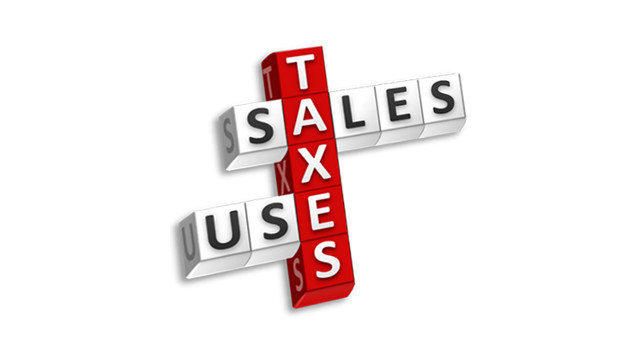Small Business
Sales Taxes in South Dakota to Decrease
South Dakota’s state sales and use tax rate will drop from 4.5% to 4.2% starting July 1, 2023.
May. 17, 2023

By Gail Cole.
South Dakota’s state sales and use tax rate will drop from 4.5% to 4.2% starting July 1, 2023. It will return to 4.5% beginning July 1, 2027. The new rate of 4.2% will apply to all sales in the state previously subject to the higher rate.
The sales tax rate change is due to the enactment of House Bill 1137. As introduced, the measure sought to reduce the state sales and use tax rate to 4%. The 4.2% rate was proposed in the second iteration of the bill, and there it stayed.

Thanks for reading CPA Practice Advisor!
Subscribe for free to get personalized daily content, newsletters, continuing education, podcasts, whitepapers and more...
Already registered? Login
Need more information? Read the FAQ's
Unless the South Dakota Legislature decides to extend the reduced rate, the 4.2% state sales and use tax rate will be repealed on June 30, 2027.
Groceries will remain subject to South Dakota sales tax
Although Governor Kristi Noem signed HB 1137 into law on March 21, she wasn’t in favor of it. “Our people deserve permanent tax relief,” she explained in a signing letter to the Legislature. “The legislature has instead offered them a tax holiday for four years.”
Governor Noem had been pushing to eliminate the grocery tax. “I advocated for a full repeal of the grocery tax, a tax that burdens every person who buys food here in South Dakota,” she wrote in her letter to the Legislature. The Mount Rushmore State is one of few states where food is subject to sales tax at the full rate.
Why cut the South Dakota sales tax rate now?
One has to travel back to 2016 to fully understand why South Dakota is cutting its sales and use tax rate in 2023.
No state could require a business to collect and remit sales tax in 2016 unless the business had a physical presence in the state. Knowing that, South Dakota passed a law requiring businesses with no physical presence in the state to collect sales tax if they had at least $100,000 in sales or 200 transactions in the state in the current or previous calendar year.
On the same day, South Dakota passed a law increasing the state sales and use tax from 4% to 4.5%. It wasn’t a coincidence. Per House Bill 1182, “If the state is able to enforce the obligation to collect and remit sales tax on remote sellers who deliver tangible personal property, products transferred electronically, or services directly to the citizens of South Dakota, the additional net revenue from such obligation shall be used to reduce the rate of certain taxes.”
South Dakota eventually won the right to enforce its remote sales tax law when the Supreme Court of the United States found in favor of the state in South Dakota v. Wayfair, Inc. (June 21, 2018). The Wayfair decision overruled the physical presence requirement, freeing South Dakota and other states to tax remote sales. South Dakota began enforcing its economic nexus law on November 1, 2018.
And starting July 1, 2023, South Dakota will at last reduce the sales and use tax rate as laid out in 2016’s HB 1182. Not the half percent, but close.
If it’s taken so long for the state to fulfill this promise, explains Scott Peterson, VP of Government Relations at Avalara, it’s largely due to our turbulent times. “Their 2019 legislative session started so soon after their Wayfair law went into effect that it was impossible to estimate what they would collect in the budget year that started July 1, 2019. The pandemic started while they were in their 2020 legislative session; they had no way of predicting how their economy would behave and couldn’t take a chance reducing their rates that year.”
South Dakota’s 2023 legislative session ended March 27, but many sales tax proposals are still in play in other states. Find out more about the state of sales tax in 2023.
========
Gail Cole is a Senior Writer at Avalara. She’s on a mission to uncover unusual tax facts and make complex laws and legislation more digestible for accounting and business professionals.
